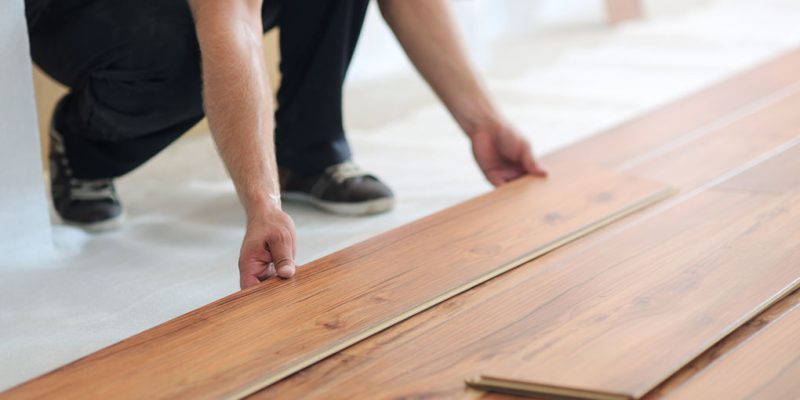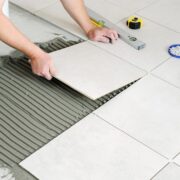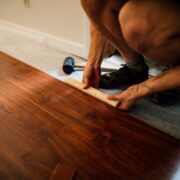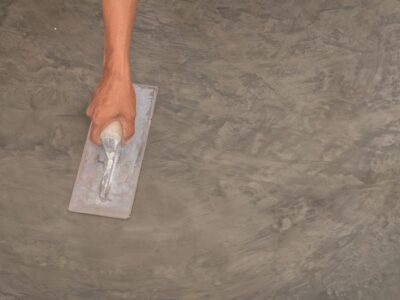With the price of everything going up, many homeowners are taking a hands-on approach and tackling home improvement projects themselves. Renovating floors can be a great way to update the look of your home and add value, but it can quickly turn sour if it’s not done correctly. Here are six common mistakes made when re-doing floors that the experts at Mannington Commercial want to help you avoid.
1. Not Preparing The Subfloor
The subfloor lies beneath your flooring and needs to be given the same amount of care and attention as the flooring itself. Check for any dips, bumps, or unevenness that could interfere with the new floor’s installation. Replace any damaged joists and use a leveler to ensure the subfloor is perfectly flat.
Taking this critical step can prevent many headaches in the future, such as warping or squeaky boards. It is also crucial to ensure the subfloor is dry and clean before laying anything on top to keep the new flooring from being compromised.
2. Choosing The Wrong Flooring Material
Each type of floor material has its advantages and disadvantages, so selecting the right one for your home is essential. Consider factors such as the amount of foot traffic you will have in an area and how much maintenance you are willing to do.
For example, hardwood floors are great if you have a large family because they can handle heavy foot traffic and most spills. But if you don’t want to worry about refinishing them regularly, tile may be your better option.
3. Skimping On Underlayment
Underlayment is a thin layer of material between your finished floor and the subfloor. It provides insulation and helps reduce noise, making it an essential part of any flooring project. Without underlayment, you may find yourself with squeaky or uneven floors.
Make sure to invest in quality underlayment for any type of flooring you install. Consider using a foam underlayment with a vapor barrier to protect your wood planks from moisture damage if installing hardwood floors.
4. Ignoring Expansion And Contraction
Different types of flooring expand and contract with temperature and humidity changes, so it’s important to factor this into your installation plan. For instance, wood floors will expand in the summer and contract in the winter due to humidity changes.
If not considered, this can cause buckling, warping, or even gaps between boards. Make sure your flooring is at room temperature for a few days before installing it, and always leave a one-quarter-inch gap around the room’s perimeter to allow for expansion and contraction.
5. Not Sealing The Flooring
Once you’ve completed the installation of your new flooring, it’s tempting to call it a day and move on to your next project. Many floor types require a sealant or finish to protect them from wear and tear, and do-it-yourselfers often overlook this step. Using a sealant can enhance the look of your floors, bring out the grain, and give them a professional finish.
Ensure you carefully read the instructions on what type of sealant or finish to use for your flooring, and use the recommended amount. Different types of flooring require different kinds of sealants, so do your research before purchasing your finish.
6. Not Considering Maintenance
No matter what type of flooring you install, it will need some sort of maintenance from time to time. Make sure you factor this into your decision when selecting a new flooring material. For example, hardwood floors should be swept regularly and given an occasional coat of wax or polyurethane for protection. Carpets should be vacuumed often and professionally steam cleaned every 12 to 18 months.
Final Touches
By avoiding these mistakes, you can ensure your floors are installed correctly and look beautiful for years to come. Don’t forget to take the time to research the type of flooring you’re installing and pay attention to preparation and finishing details. When in doubt, contact a professional like Mannington Commercial who has experience with all types of floors and can help you get the job done right.














Comments